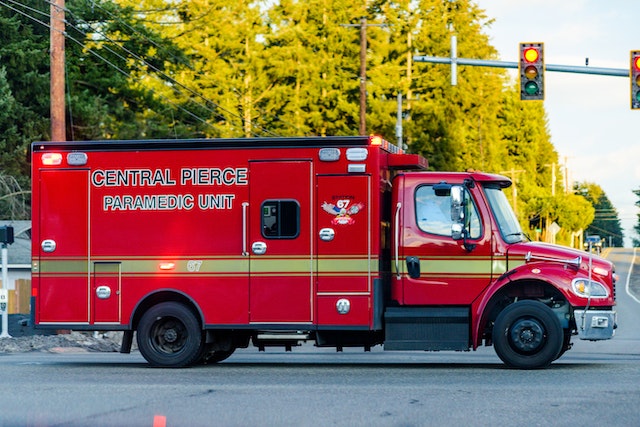Road safety is a complicated issue that depends on a variety of variables and their interactions. In other words, we need to make sure that safe vehicles are driven by safe drivers on safe roads in order to have the greatest impact possible.
Modern passenger automobiles and commercial vehicles are equipped with active safety features to stop collisions from happening and passive safety features to shield occupants and other drivers in the event of a collision.
But in this intricate puzzle of road safety, car technology is just one element. The actions of drivers and other road users, the upkeep and layout of infrastructure, traffic regulations and their enforcement, as well as the age of the vehicle fleet, to name a few, are all equally significant considerations.The greatest advantages to society will not result from concentrating on just one of these elements while ignoring the others. Therefore, if we want to improve road safety, we need to emphasize an integrated approach more. To put it another way, we must make sure that we follow road safety appropriately.

Road users include cyclists and pedestrians, who are referred to as vulnerable road users. Their actions have the very greatest potential to increase traffic safety. In fact, human error is at blame for 90% of all accidents on the road today.Speeding is the primary contributing factor in 30% of fatal collisions, whereas distraction accounts for 10% to 30% of traffic fatalities. The fact that alcohol use accounts for 25% of all traffic deaths is equally concerning.
Road users can be taught acceptable behavior and attitudes by receiving education and training. Drivers must be aware of their personal limitations, the risks of speeding or texting while operating a vehicle, and the impact of alcohol or drugs on their driving abilities.Because traffic rule infractions account for around 65 percent of fatal accidents, it is essential that existing traffic laws be strictly enforced. Increasing penalties for traffic violations would help, but we also need stronger cross-border enforcement. Policymakers must choose how to enforce laws and make sure they are followed throughout the continent.
To just a few infrastructure-related examples, unclear traffic signs, poor lane markings, poor road surfaces, and poor road design can all be hazardous. Road safety can be greatly increased by making changes to the way our road infrastructure is designed, built, and maintained.

Roads that are built to reduce bottlenecks, promote better traffic flow, and eliminate roadside hazards can significantly improve safety. Accidents will also be decreased through cleverly constructed infrastructure that promotes prudent, careful driving.For example, replacing traffic lights with roundabouts greatly increases the safety of road junctions. Road safety issues must be taken into account during urban development.
Another crucial component of road safety is the condition of the roads. Poor-quality or deteriorating road surfaces can harm automobiles and endanger other road users. The kind of road also makes a difference: whereas single carriageways are typically the most deadly, quickest roadways, expressways with several lanes, are statistically the safest.